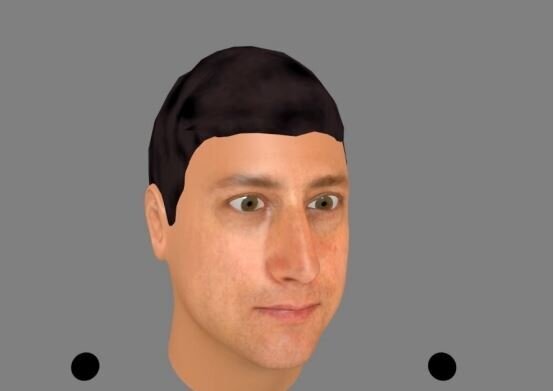
How we see the world may be influenced by what other people are looking at, according to a new study.
The UNSW School of Psychology has found we take cues from other people when determining what we are seeing.
The research could be used to help people with social difficulties, those with autism spectrum disorder or schizophrenia.
The experiment created used a video of balls appearing to bounce off a person's face to demonstrate how what others look at 'tricks' our brain into seeing how they see the world.
First, in the video you see two balls, or dots, moving around the screen. But when the balls reach the middle of the screen, they appear to either bounce off each other or move through each other; depending on how the face moves.
Dr Colin Palmer told HuffPost Australia the video teaches us how incredibly sophisticated the brain is.
"What's striking is the brain seems to be drawing on social information; information we get from other people. And it really affects what we see," Dr Palmer said.
"We see the dots moving through each other but when the animated face looks at the dots, they seem to bounce off each other when we see the person tracking the objects in that way."

For most people, whether the dots bounce or move past each other depends on how the face moves. In other words, what you see is the same as what the animated face sees.
"We studied what people see when watching animations like this, and found that other people's behaviour can affect how we see objects interact, like in the video, as well as how far away things appear to be and how they move," Dr Palmer said.
To understand why this happens, we need to consider how our visual experience of the world is produced in the brain.
"The brain draws on different sources of information to produce this picture of the world. in the video, how we see the dots moving depends on where the face is looking. This shows that our brains are using other people's gaze as another cue to what is happening around us."
The UNSW research focuses on how the brain processes visual information about other people's faces. Dr Palmer said it's a way to understand how we exploit this information for social functions.
"It's also about how differences in the way the brain deals with sensory information contribute to social difficulties in conditions like autism spectrum disorder and schizophrenia," Dr Palmer said.
ALSO ON HUFFPOST AUSTRALIA